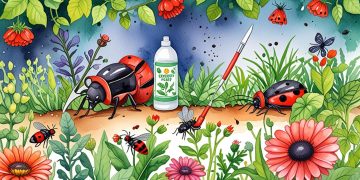Understanding soil texture is crucial for home gardening, as it impacts water retention, drainage, and nutrient availability. Each soil type—sandy, clay, or silty—offers unique benefits and challenges. By recognizing these factors, gardeners can make informed decisions to optimize their planting conditions for healthier, more productive gardens.









